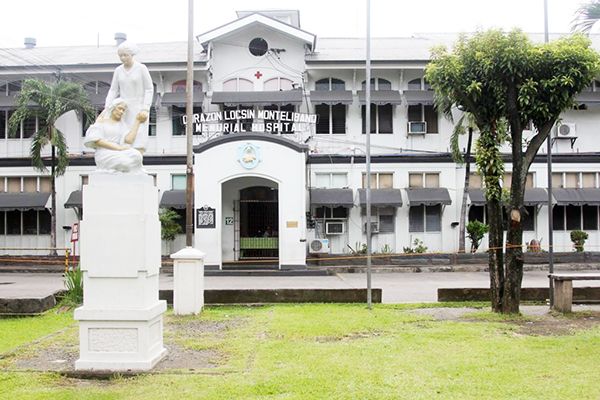8 indigent kids in Negros Occidental benefit from cardiovascular surgical mission
BACOLOD CITY – Eight indigent children with complex heart conditions here and Negros Occidental underwent cardiovascular surgery through a partnership between the Philippine Heart Center (PHC) and the Corazon Locsin Montelibano Memorial Regional Hospital (CLMMRH) based in this city.

THE CLMMRH in Bacolod City. (www.clmmrh.doh.gov.ph)
These patients aged six to 15 from the cities of Bacolod, Bago, Silay, and Kabankalan benefited from the 3rd Cardiovascular Surgical Mission from June 24 to 28.
The PHC sent 23 members of its staff led by Dr. Juliet Balderas, officer-in-charge deputy executive director for medical services, to perform the surgery.
This marks a significant milestone for the island of Negros as it will be the first to address Tetralogy of Fallot (TOF) among other congenital heart defects in pediatric patients, the CLMMRH said in a statement.
According to the regional hospital here, TOF is a combination of four congenital defects – pulmonary stenosis, ventricular septal defect, overriding aorta, and hypertrophy of the right ventricle.
This is part of a four-phase multiyear development plan called Project Paglaum (Hope), which represents CLMMRH’s commitment to fulfilling the mandate of the Department of Health (DOH) as a designated cardiovascular center.
This initiative ensures that cardiovascular services are available, accessible, and affordable to the people of Negros, the CLMMRH said.
Through this mission, the CLMMRH underscores its dedication to expanding healthcare accessibility and providing specialized care to the underserved while promoting equitable access for those affected, particularly by cardiovascular diseases.
The PHC’s collaboration with the CLMMRH aims to capacitate regional hospitals to decentralize cardiovascular surgeries and interventions from the PHC to the provinces in compliance with the implementing rules and regulations for Republic Act 11959, also known as the Regional Specialty Center Act.
Phase 1 of Project Paglaum began with two pacemaker surgeries on April and May 2021. It was followed by the first surgical mission from May 29 to June 2, 2023.
A memorandum of agreement (MOA) was signed between the PHC and CLMMRH for the CLMMRH’s training and preparation as a regional heart center on May 29, 2023.
Thirteen surgeries have been performed in the initial batch, eight open-heart and five closed-heart surgeries.
In the second mission from November 27 to December 1, 2023, five patients with coronary artery diseases underwent a coronary artery bypass graft procedure.
All patients in the two missions were discharged improved and are well, according to the CLMMRH.